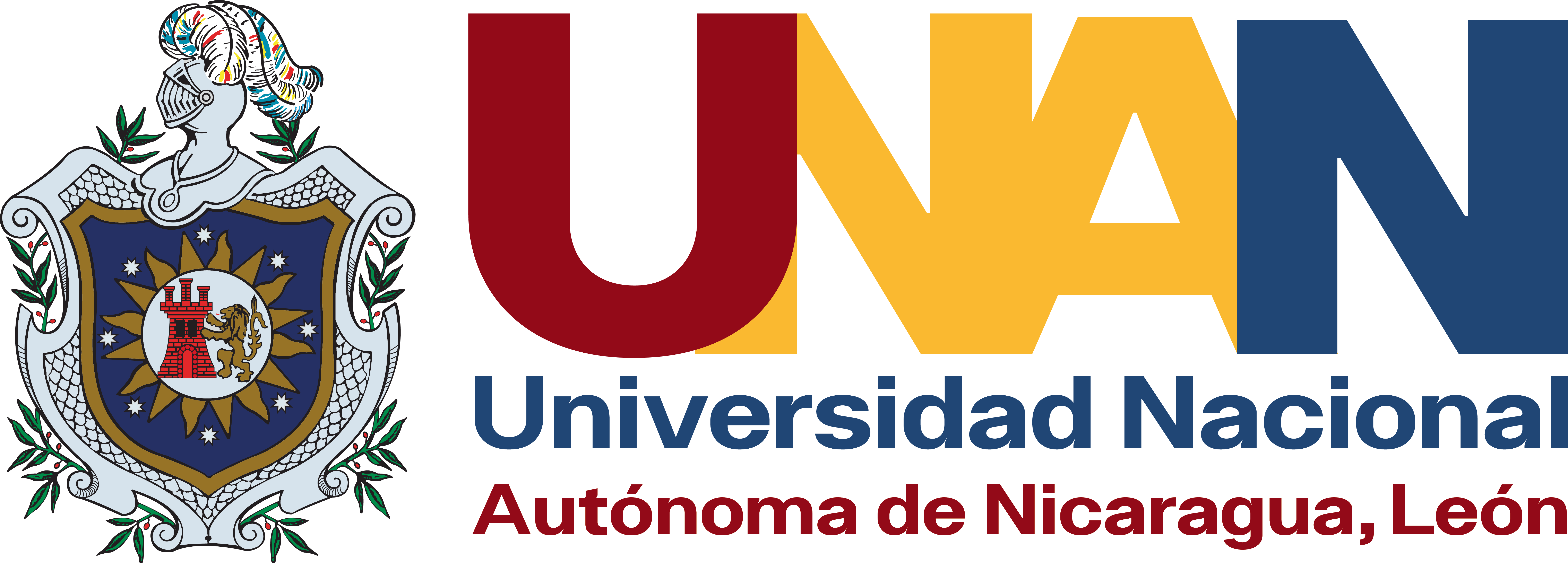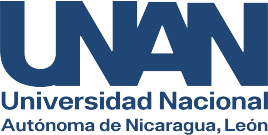Relationship between chronic malnutrition in children under five years of age and age, level of schooling and the number of children born alive to their mothers, in three communities that make up the Sentinel Sites of Food and Nutritional Security (SICESAN) of the Trinational Border Commonwealth River Lempa (MTFRL) in 2014
DOI:
https://doi.org/10.5377/universitas.v6i2.13866Keywords:
Chronic malnutrition, Risk factor's, Mother's age, Level of schooling and number of children born aliveAbstract
The relationship between the nutritional status of boys and girls under five years of age and the age, schooling and number of pregnancies of their mothers in the communities of Las Toreras, Dolores Merendón in Honduras; San Ramón Centro, Citalá in El Salvador and Las Palmas, Olopa in Guatemala that make up the Sentinel Sites for Food and Nutritional Security (SICESAN) of the Lempa River Trinational Border Association (MTFRL), in 2014. Under a design of descriptive and cross-sectional type, a socio-demographic form was applied and anthropometric measurements were made to the children, the risk factors for chronic malnutrition were determined (growth retardation height/age or height retardation for their age) sustaining that the It is multicausal, it was significant to link the age of the mother and her level of schooling as elements that can contribute significantly to the nutritional status of her children. The children of underage mothers, especially those under twenty years of age with a level of schooling between 1-4th grade of primary school, presented a higher prevalence of growth retardation (ZTE of -2.42) compared to the children of mothers with the same or older age. thirty years with the same level of schooling, whose prevalence was lower (ZTE -2.01). The condition of the minors improved significantly due to the older age of the mothers and the higher number of school grades passed. Children of mothers under 20 years of age, with a schooling level from May to fourth grade
Downloads
References
Soriano, G., Robles, F., Medina-Calderón, Balbina Peña Torres, C., Mendoza, H. (1991). La desnutrición en hijos de ma dres adolescentes. Archivos dominicanos de Pediatría. Vol. 27 No. 1, DR-ISSN 001-0606. http://www.bvs.org.do/ revistas/adp/1991/27/01/ADP-1991-27-01-05-08.PDF.PDF
Izarra Ramos, C. y Rojas, M; Espinoza, E. y Morán, A. (2002). Investigación operativa. Factores sociales y culturales que Influyen en el estado nutricional de los niños menores de 3 años de edad en comunidades pobres de la Provincia de Satipo. Caritas del Perú y Programa Wiñay.-http://www.bvsde.paho.org/texcom/sct/045674.pdf
Jopia, M. y Muñoz, Y. (1987). Desnutrición en Hijos de Madres adolescentes. Revista Chilena de pediatría. Vol. 58 No.6, 446-449. http://www.scielo.cl/pdf/rcp/v58n6/art03.pdf https://doi.org/10.4067/S0370-41061987000600003
Rodríguez, A; Álvarez, L. M; García, M. y Mariné, M. (2012). Evaluación del estado nutricional en niños de la comunidad"Los Naranjos", Carabobo, Venezuela. Revista Cubana Higiene y Epidemiología vol.50 No.3 Ciudad de la Habana. Versión ISSN 1561-3003. http://scielo.sld.cu/scielo.php?pid=S1561-30032012000300002&s- cript=sci_arttext
Desnutrición infantil en América Latina y el Caribe (2006). Artículo de Desafíos. Boletín de la infancia y adolescencia sobre el avance de los objetivos de desarrollo del Milenio. Número 2, ISSN 1816-7527. http://www.unicef.org/ lac/Desafiosnutricion(13).pdf
Programa Regional de Seguridad Alimentaria para Centroamérica (PRESANCA II), la Organización de las Naciones Unidas para la Alimentación y la Agricultura (FAO), Iniciativa América Latina y el Caribe Sin Hambre (IALCSH) y los Programas Especiales para la Seguridad Alimentaria (PESA) de Centroamérica (2011). "Centroa mérica en Cifras". Datos de Seguridad Alimentaria Nutricional y Agricultura Familiar. http://www.fao.org/filead min/user_upload/AGRO_Noticias/docs/CentroAm%C3%A9ricaEnCifras.pdf
Casas, D., Rodríguez, A. Articulo Salud e hipermodernidad. Dicotomías en un país de ensueño. Revista Electrónica de in formación. (2014). www.imagenmedica.com,.mx
Downloads
Published
How to Cite
Issue
Section
License
Copyright (c) 2015 National Autonomous University of Nicaragua, Leòn

This work is licensed under a Creative Commons Attribution-NonCommercial-ShareAlike 4.0 International License.
Copyright © 2025 Universitas (León), Revista Cientifíca de la UNAN-León. Academic Direction. Research Department. Publication and Scientific Event Unit.










